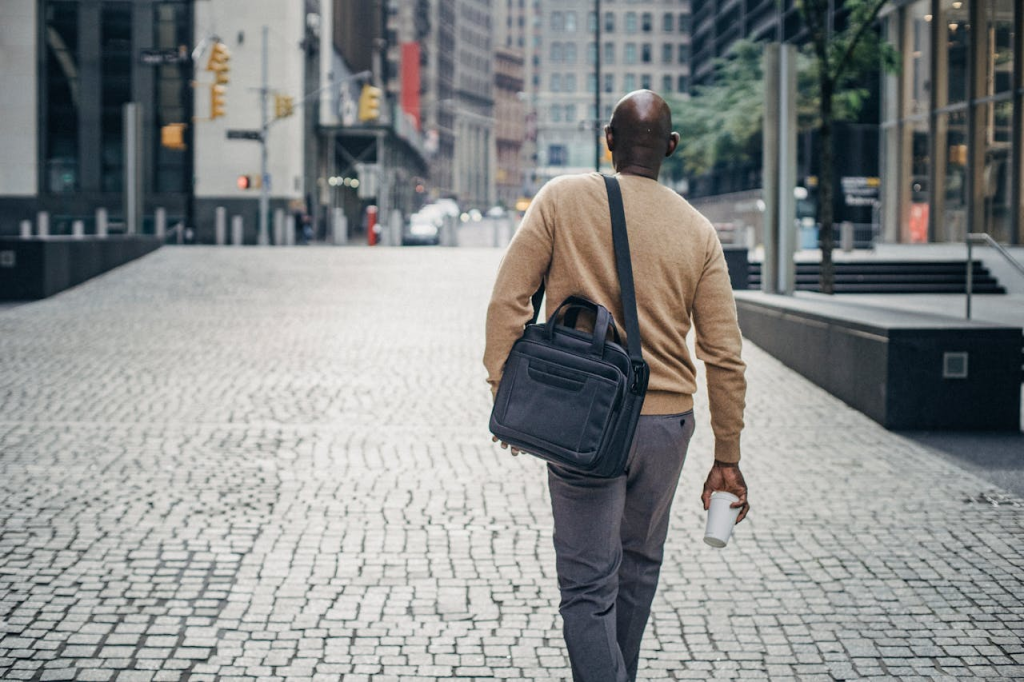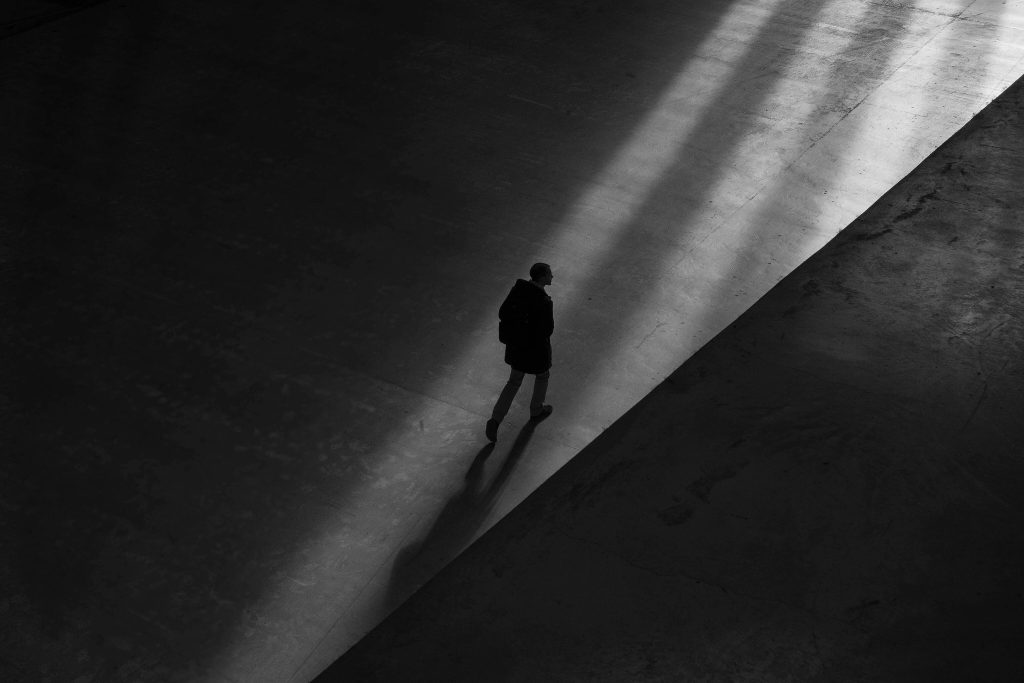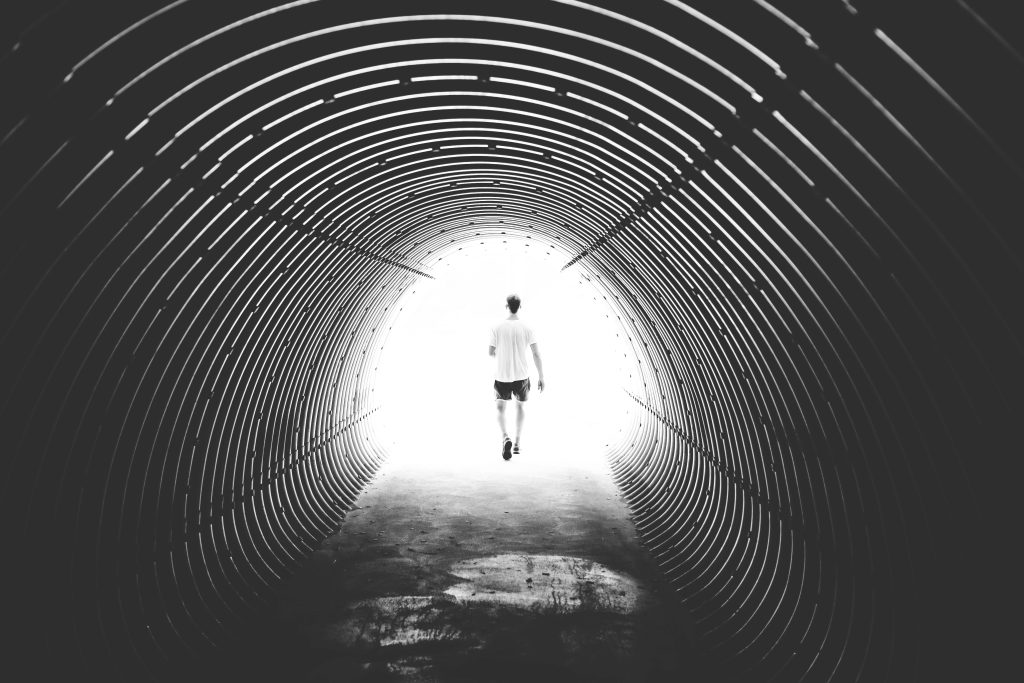Your cart is currently empty!
The Story of a Man Who’s Been Walking Around the World for 28 Years Started in 1998, and He’s Still Going

If you were to walk around the entire planet every continent, desert, jungle, and frozen sea it would take approximately 36,000 miles. Now imagine doing it without a single flight, bus ride, or shortcut. One man has been doing exactly that for 28 years.
Karl Bushby, a former British paratrooper, began his journey in 1998 from the southern tip of Chile. His goal? To walk home to Hull, England on foot, without ever stepping into a vehicle. Along the way, he’s crossed the jungle-infested Darien Gap, tiptoed over sea ice between Alaska and Russia, and even swam across the Caspian Sea when geopolitics closed every land route.
Why would someone dedicate nearly three decades to walking the Earth? What pushes a person beyond ordinary endurance, across 25 countries and through personal heartbreak, all for the sake of a promise to himself? The answer isn’t simple but his story is deeply human.
The Making of an Unlikely Adventurer
Karl Bushby’s path to becoming a global adventurer didn’t begin on a mountaintop or with a romanticized love of travel it started in a British military barracks, shaped by failure, grit, and a need to prove something no one else could measure.
As a teenager, Bushby struggled with severe dyslexia and exited school without qualifications. His future seemed prewritten: a narrow funnel into the military, like his father before him. At just 16, he joined the Junior Parachute Regiment in 1986, a unit known for forging elite soldiers through uncompromising physical and psychological conditioning. What he lacked in natural athleticism, he replaced with an iron will.
P Company the infamous week-long selection course to earn a paratrooper’s maroon beret rejects most. Few attempt it twice. Bushby was granted five chances. He was simultaneously a symbol of stubborn resolve and a magnet for ridicule. “I was the dumb fuck who just kept standing up after every punch,” he later wrote, describing a time when failure was expected and pain was constant. But he passed maybe on merit, maybe on potential. That ambiguity would haunt him for years.
What followed was a quiet internal war. Though he earned his place, he never felt he truly belonged. His self-perception was shadowed by doubt and shaped by a regiment that prided itself on being forged from pain. The lessons from that period weren’t just about warfare they were about survival in the most intimate sense. “I felt I was re-running P Company for the rest of my life,” he confessed.

Over time, something shifted. The frustration of being sidelined from active battlefields in a politically quiet era, the weight of unhealed wounds, and a fascination with maps and distance began to transform into something else. Bushby found himself captivated by the abstract idea of walking enormous distances not for glory, but for clarity.
A road atlas of the U.S. turned into daydreams. A Sharpie line across a world map became a plan. And one quiet spark the mention of an SAS concept to cross from England to New York on foot ignited a vision. He drew a line from London, across Europe, Asia, the Bering Strait, down through the Americas. Not to New York, but to the very bottom of Chile. Then he flipped the route: walk home from the farthest possible point.
It was a mission born from internal turbulence more than outward adventure. A test not of exploration, but of identity.
And so, in 1998, without fanfare, Bushby left the military, cashed in what little he had, and walked out of his hometown pulling a modified golf cart named “The Beast,” containing everything he owned. No charity banners. No grand sponsorships. Just two rules: no transport, and no return home until it was on foot.
The Birth of the Goliath Expedition

When Karl Bushby named his journey “The Goliath Expedition,” it wasn’t branding it was prophecy. Goliath wasn’t just a metaphor for the scale of his task, but for the battle he knew he was about to enter: a battle against time, terrain, and self-doubt.
By the mid-1990s, the spark that had been quietly growing in Bushby’s mind ignited into a mission. He wasn’t interested in being a traveler or explorer in the traditional sense he didn’t even know who Ernest Shackleton was at the time. Instead, this was something intensely personal: a point-to-point journey, a colossal test of endurance, and perhaps most importantly, a form of redemption.
The plan was radical in its simplicity. Start at the southernmost city on Earth with road access Punta Arenas, Chile and walk home to Hull, England. No vehicles. No shortcuts. No going home until the journey was complete. Two rules, both rigid and uncompromising, meant every step had to count. The mission wasn’t just about physical distance, but about holding the line on principle, no matter what the world threw at him.
The numbers were staggering: over 36,000 miles, two hemispheres, at least 25 countries, seven mountain ranges, six deserts, and three critical chokepoints natural and political where the journey could have easily ended: the Darien Gap, the Bering Strait, and the English Channel.
What made it even more audacious was the near-total lack of support. When Bushby left the British Army after 12 years, he had no sponsors, no financial safety net, and just a few hundred dollars. Zamberlan had given him boots. Superfeet donated insoles. That was it. No logistics team. No press entourage. Just him, a homemade cart, and an idea most dismissed as absurd.
The logistics were improvised at best. His final weeks in the UK were spent bartending and working part-time for a private investigator. The cart later nicknamed “The Beast” was adapted from a golf trolley by a local engineering company. It would carry 100 pounds of gear, sparing his knees from even greater punishment.
On November 1, 1998, Bushby set off from Punta Arenas. It was a quiet beginning: just a man, his cart, and the long road north. Within 20 yards, a wheel broke. He had to wait three days for repairs before taking his first real step. It was almost poetic an omen that the next decades would be defined not by momentum, but by perseverance.
He camped outside a cemetery the night before the official start. On the Day of the Dead, skeleton parades danced behind him as he brewed tea and stared at the road ahead. “All I knew was that I did not know what was about to happen,” he later wrote. But he knew one thing: there was no shortcut home.
A Road of Ice, Jungle, and Borders

Even in the abstract, walking 36,000 miles around the world sounds nearly impossible. But the true scale of Karl Bushby’s feat isn’t captured by numbers it’s written in the terrain he’s crossed and the walls he’s had to climb, crawl under, or simply outlast.
From the start, the expedition was more than a long walk it was a confrontation with some of Earth’s most unforgiving places. In 2001, Bushby tackled his first major crucible: the Darien Gap, a lawless stretch of jungle between Colombia and Panama where roads end and even maps falter. The 320-kilometer corridor is filled with drug cartels, treacherous terrain, and hostile wildlife. It took him two months to cross, during which he was detained by Panamanian authorities for 18 days. But he emerged on the other side mud-caked, exhausted, and still moving forward.
Years later, he’d face a challenge few have ever attempted: the Bering Strait, the icy expanse separating Alaska and Russia. In March 2006, alongside French adventurer Dimitri Kieffer, Bushby spent 14 days navigating 241 kilometers of shifting sea ice sometimes jumping between drifting floes, often dragging heavy sleds, always aware of the possibility of falling through. Armed with a rifle for polar bear defense, they crossed from one continent to another entirely on foot only to be detained by Russian border patrol for entering at an unauthorized location. It would be one of many diplomatic skirmishes ahead.
Russia, it turned out, became the expedition’s longest roadblock. Bushby’s tourist visa only allowed him to stay for 90 days every 180. He was repeatedly forced to leave and return. In 2013, after years of red tape, he was slapped with a five-year entry ban. Undeterred, he walked 4,800 kilometers from Los Angeles to the Russian Embassy in Washington, D.C., to protest the decision. The ban was lifted in 2014.
Still, complications piled on. In Central Asia, he joined other adventurers to cross the Gobi Desert with camels, only to splinter from the group due to tensions. In 2018, visa problems stopped him again in Turkmenistan, where he couldn’t gain legal entry into Iran. Then the COVID-19 pandemic hit, pausing the world and his walk.
But when land routes failed, Bushby didn’t compromise his rule. In 2024, faced with dead ends in both Iran and Russia, he did the unthinkable: he swam. Alongside fellow adventurer Angela Maxwell, he crossed the Caspian Sea from Kazakhstan to Azerbaijan a staggering 288 kilometers over 32 days. “I’m definitely not a swimmer, nor do I like swimming,” he admitted. Each day, they swam in six-hour shifts, battling high winds and rough seas, sleeping aboard safety boats at night. It was less about strength than stubbornness. And for Bushby, that was familiar ground.
In every chapter of this journey, the challenges haven’t just been physical they’ve been bureaucratic, psychological, and existential. Each border crossed was a story of persistence against systems that often said “no.” Each delay, a test of his resolve to maintain the purity of his mission.
Solitude, Purpose, and Human Connection

When you strip away modern distractions no car, no clock, no daily noise you’re left with yourself. And for Bushby, that solitude has been both a companion and a crucible. With no fixed schedule and little human contact for months at a time, his thoughts became louder. The quiet moments between border crossings, meals, or even steps became filled with existential questions. “Getting home… it’s weird,” he told BBC Radio Humberside. “It’s a very strange place to be in where suddenly your purpose for living will have a hard stop.”
That question what happens after the finish line has haunted him. The expedition became more than a challenge. It became identity, structure, even therapy. Without it, what remains?
Emotionally, the cost has been immense. Over 28 years, Bushby has missed birthdays, funerals, and entire eras in his son’s life. Relationships with family have been stretched by time and geography. He estimates they’ve visited only a handful of times during the entire journey. As one delay bled into another from visa denials to pandemics the finish line began to feel both closer and more abstract.
And yet, despite the isolation, Bushby has consistently been sustained by unexpected moments of human connection. From families in Turkey who opened their homes, to strangers in Latin America who offered meals, shelter, and guidance, the kindness of ordinary people has served as the quiet backbone of his survival. “Despite what you are seeing on the 24-hour news cycle,” he wrote, “we are truly incredible.”
There’s a kind of alchemy that happens on the road: hardship can hollow you out, but it can also make you porous enough to absorb the beauty of others. Bushby may have started this journey to prove something to himself, but along the way, he rediscovered something else faith in humanity. “I’ve had the good fortune to meet the crew of Good Ship Earth,” he said. “And they are a cracking bunch.”
He also came to a deeper understanding of the difference between being alone and being lonely. Long-term isolation, he now believes, carries a price. “Don’t travel alone, not long-term,” he warns. “Just don’t. Maybe keep it within five years. Separating yourself from loved ones… has consequences.”
Europe, Home, and What Comes After

Now, with Istanbul behind him and the Bosphorus crossed, Karl Bushby is officially in Europe on the final continent of his 28-year journey. The long road home has never felt closer, nor more surreal.
From here, it’s a relatively linear path across the European mainland: through the Balkans, into Central Europe, across France, and finally to the English Channel. But even this final stretch is not without its complications. Walking through the Channel Tunnel a rail-dedicated artery with strict security and no public access requires special permission. Bushby hopes the authorities will make an exception. If they don’t, he’s hinted, only half-joking, that they may need to “take hostages.”
After years of swimming across seas, defying borders, and surviving off the kindness of strangers, the idea that a bureaucratic no might stop him 21 miles from home seems tragically absurd. Yet it also highlights the fundamental tension of the journey: what happens when it ends?
Karl Bushby left England in 1998 when Tony Blair was Prime Minister. Since then, the country has changed dramatically. The world he is returning to is not the one he left, and perhaps more disorienting, neither is he. “I might not even recognize home when I get there,” he admitted. Home has become less a destination and more a symbol a spiritual point of completion for a journey that reshaped his entire life.
But what comes next?
That’s the question that haunts many long-term adventurers, and Bushby is no exception. After dedicating his entire adult life to a singular mission, the absence of a clear “after” looms large. His purpose so tightly bound to movement and endurance will soon reach its finish line. And yet, he’s not resigned. He speaks of “transitioning into something new,” of keeping the mind and body moving. But there’s no roadmap for how to stop walking when walking is how you’ve survived.
Still, his return won’t be just an ending. It will be a reminder to those who’ve followed his path, and those only now hearing about it that there’s value in long, patient pursuits. In an age of shortcuts and instant gratification, Karl Bushby chose the longest route possible and didn’t compromise. He met the world not at cruising altitude, but at eye level.
He saw it in every step, every handshake, every broken wheel and missed visa. He walked through humanity, not just across Earth.
A Step Beyond the Finish Line
When Karl Bushby first stepped out of Punta Arenas in 1998, he wasn’t just beginning a physical expedition he was stepping into a lifelong meditation on persistence, identity, and the human spirit.
Most of us won’t swim across the Caspian Sea or cross the Bering Strait on foot. But Bushby’s journey isn’t really about the geography it’s about what happens when you commit to something bigger than yourself, even when no one is watching, even when the outcome is uncertain.
In a culture obsessed with efficiency, his story reminds us that taking the long way can be the most meaningful. That discipline without recognition is still worth it. That we are capable of surviving thriving, even under immense pressure if we anchor ourselves to purpose.
Bushby didn’t walk the world for glory or records. He did it to finish what he started. He did it because something deep inside him needed to prove to himself more than anyone else that he could do it without compromise.
And in doing so, he gave us all a powerful reminder: you don’t have to walk 36,000 miles to move your life forward. But you do have to start walking.
